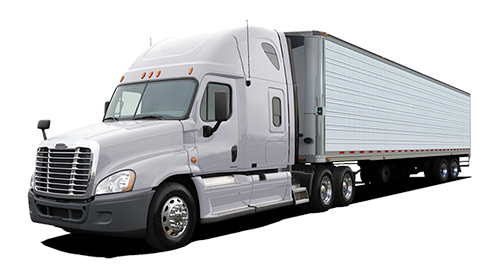What is a bill of lading?
A bill of lading is one of the most important documents in the shipping industry. In general, it is a contract between the person shipping the item, the carrier and the receiver of the item.
It must be partially completed and provided to the shipper when your freight is to be picked up.
There are two types of bills of lading, a straight bill (most common) and an order bill. The straight bill of lading consigns the items to a specific person or company. It lays out the path those goods will take to get to that person or party. The order bill of lading consigns the goods to the order of a person or company, the important wording distinction here is “to the order of”, meaning that an order bill is somewhat negotiable in terms of how goods are shipped and where they end up.
Clean bill of lading
You may have also heard the term, clean bill of lading associated with shipping. It is issued to the receiver after the carrier has inspected all of the freight for missing or damaged items. It is often is referenced to trigger payments on letters of credit from the freight receiver. Receivers of freight should always ensure a proper inspection of received items is conducted prior to the bill being signed off as “clean”. Damaged or missing item claims may be jeopardized if the carrier leaves with a signed bill that does not note damage or missing items.
One of the most important parts of the bill of lading is the freight classification for each of the items noted. Incorrectly specifying the classification can cost you hundreds if it is incorrect. Contact the freight experts at Load.Monster to get help with your bill of lading.
You can download a copy of our bill in PDF format.
Do you need to ship freight right now, need an expert to help? Get a freight quote right now.
Freight 101 – Your Freight Q&A

